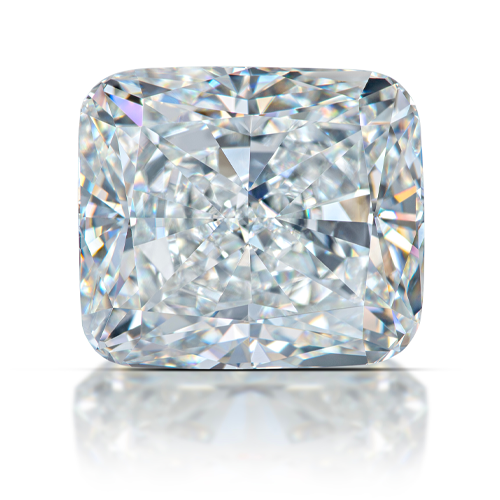While many hope the Russia-Ukraine War will end soon, the jewelry industry continues navigating sometimes confusing and quickly changing guidance on Diamond imports. Russian Diamond imports to the U.S. have been banned since 2022, and last year, a ban was instituted on those Diamonds in sizes of 0.50 ct. and up that were “substantially transformed (cut and polished)” in other countries prior to U.S. import. Diamond importers have also been mandated to self-certify that their Diamond imports, regardless of transformation efforts, are not originating in Russia. Experts urge the industry to keep a thorough paper trail of all their efforts.
In January 2025, a notice from U.S. Customs and Border Protection (CBP) alarmed many when it called for country-of-mining/origin disclosure on all Diamond imports to the U.S. starting in April 2025. The move surprised many in the industry and would not be easy for most to implement, concedes Ronnie VanderLinden, President of Diamex, Inc., and the President of the International Diamond Manufacturers Association (IDMA).

“The jewelry industry is already regulated quite a bit here in the U.S. with anti-money-laundering laws (AML),” he says. “Large corporations have dedicated staff for AML, but AML is often a lot of heavy lifting for small to medium-size firms.”
Thankfully, the issuance was cut short just a month after its announcement. Last week, the Jewelers Vigilance Committee (JVC) issued a Member Alert revealing the about-face; CBP had changed its deadline from April to “TBD.”
“As a result, you do not need to provide country-of-mining information at this time,” the alert stated. “The delay of implementation of this additional field does not affect the existing import bans on Russian diamonds. It is still illegal to import loose Russian diamonds 0.5 carats and higher, regardless of where they are cut and polished, nor may you import any finished jewelry which was manufactured in or transited through Russia. Importers must still submit self-certification statements about the non-Russian origin of their products and be able to support those statements with documentation when requested.”

The European Union (EU) issued a similar delay just a few days prior to the CBP announcement when it unveiled its 16th sanctions package against Russia; included is a delayed deadline of Jan. 1, 2026, for the country of mining origin requirements for Diamond importers to Europe.
“It is appropriate to postpone the date of entry into force of the requirement to provide traceability-based evidence for imports of polished diamonds,” maintains a post in the EU’s Official Journal. “Furthermore, addressing governance issues associated with the traceability system will require ongoing cooperation with the G7 and third countries. In order to further the facilitation of the implementation of those measures and continued engagement with the G7 and third countries, continued monitoring of the level playing field among G7 partners with regard to diamond-related measures should be conducted.”
Shipping service Malca-Amit reached out to customers as soon as word of the change was made public.

“By postponing the implementation of the new regulation, the industry and U.S. Customs and Border Protection will have more time to adjust their systems and procedures, which will lead to a less chaotic transition and reduce the risk of supply chain disruptions, ultimately benefiting the overall supply chain,” states a letter sent to clients this week.
“So, it’s business as usual again, provided you are following the proper protocol until we hear otherwise,” says VanderLinden.
This is proprietary content for AGTA and may not be reproduced.

